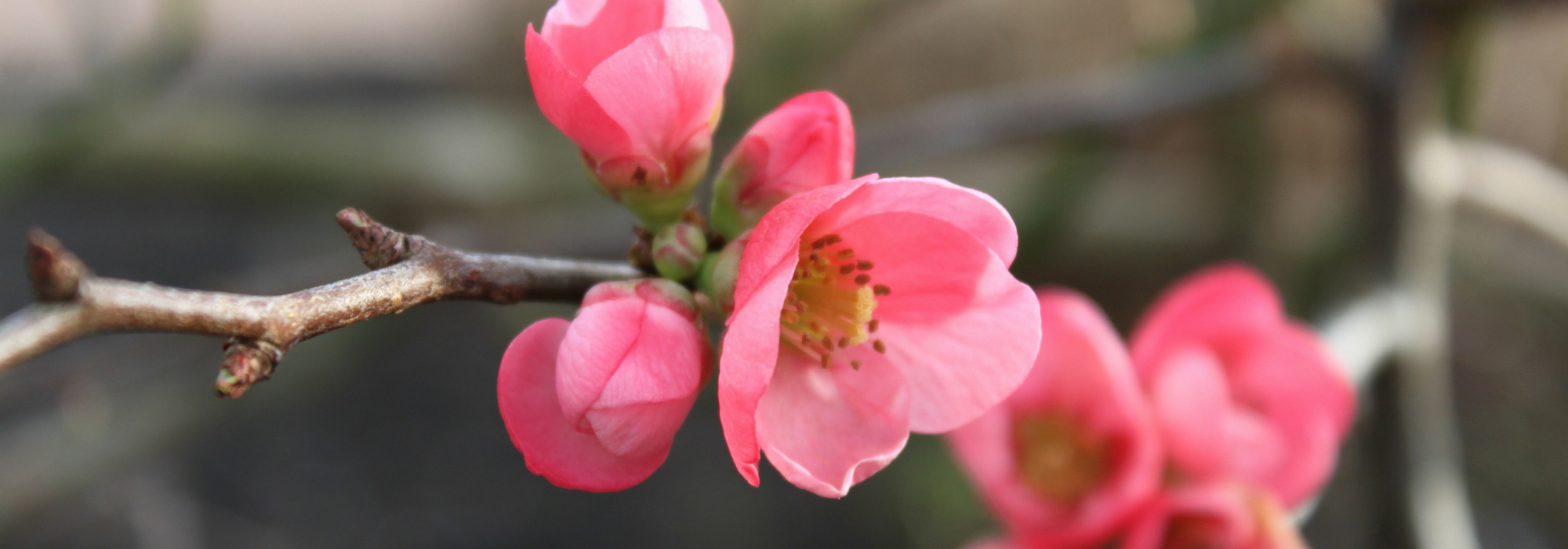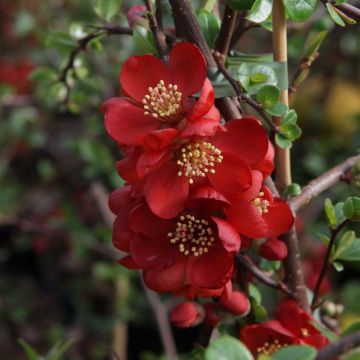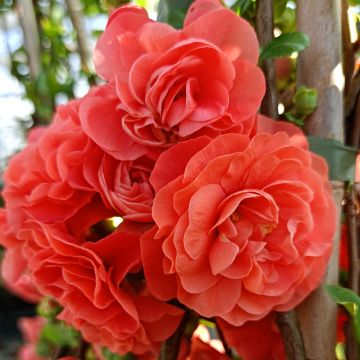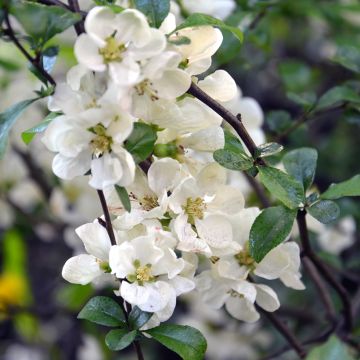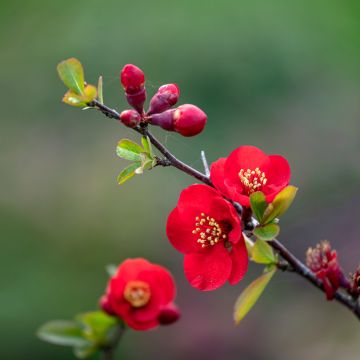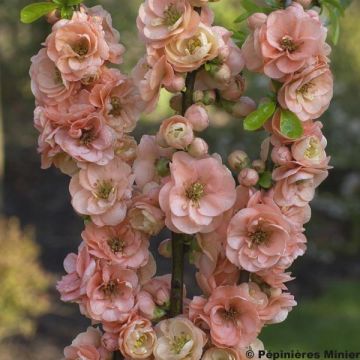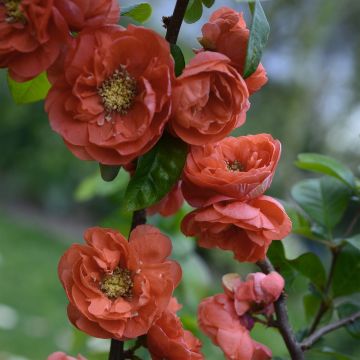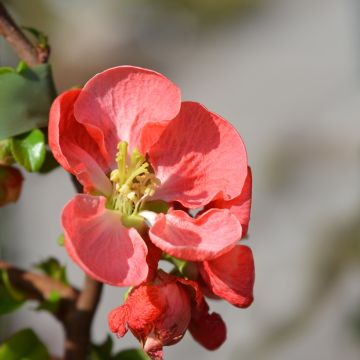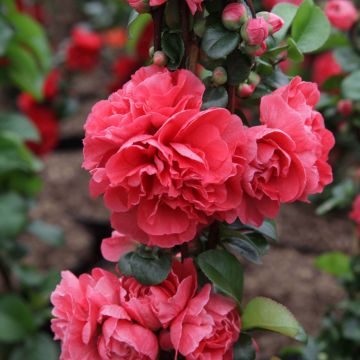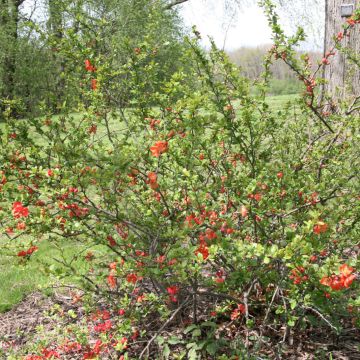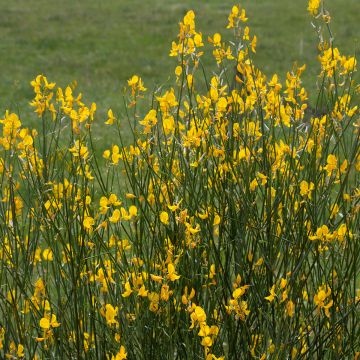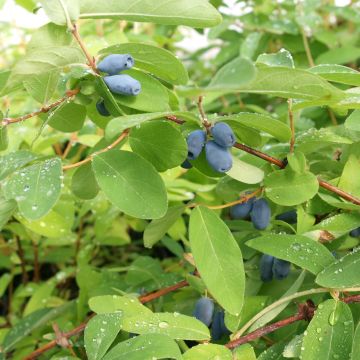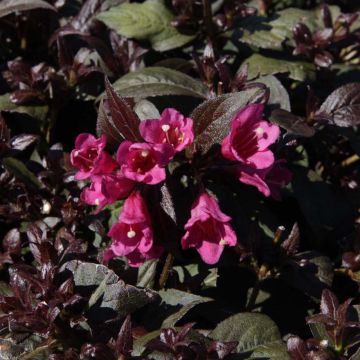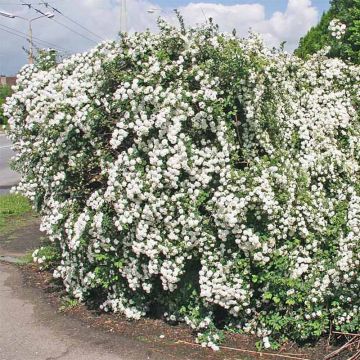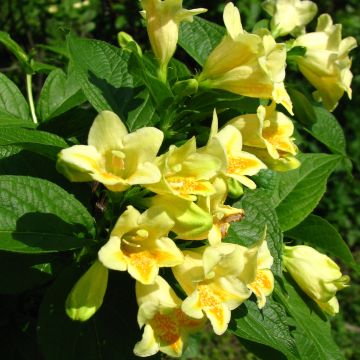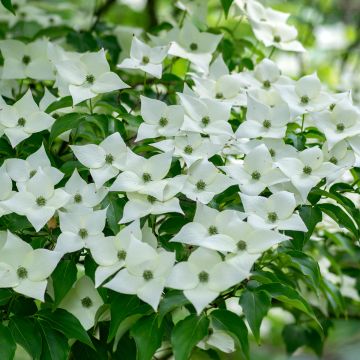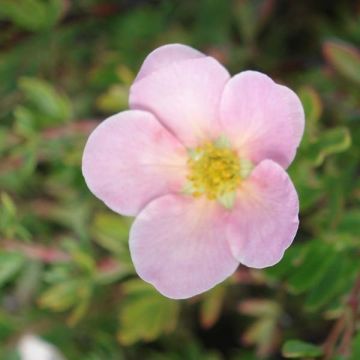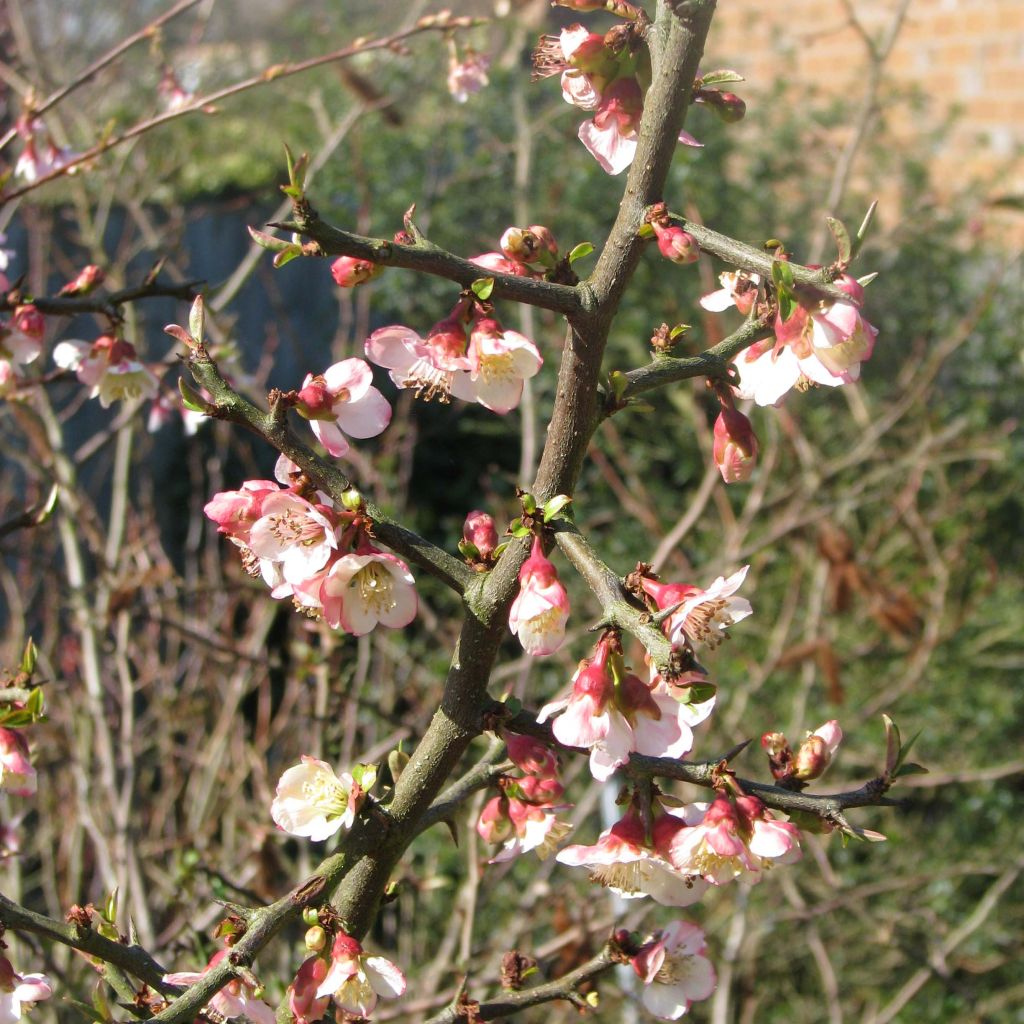

Chaenomeles cathayensis - Chinese Quince
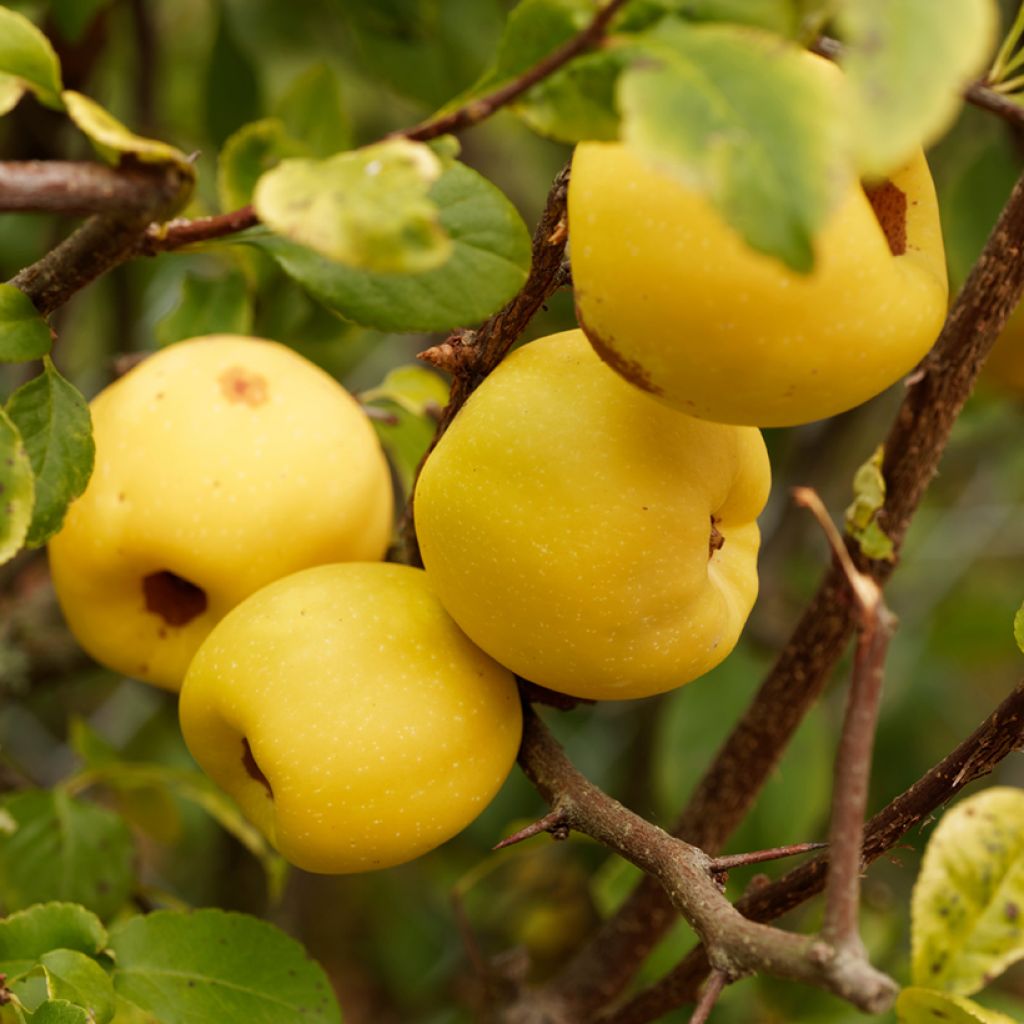

Chaenomeles cathayensis - Chinese Quince
Chaenomeles cathayensis - Chinese Quince
Chaenomeles cathayensis
Chinese Quince
Very healthy and sturdy young plant, the growth has not started yet.
Sandrine, 23/04/2022
Special offer!
Receive a €20 voucher for any order over €90 (excluding delivery costs, credit notes, and plastic-free options)!
1- Add your favorite plants to your cart.
2- Once you have reached €90, confirm your order (you can even choose the delivery date!).
3- As soon as your order is shipped, you will receive an email containing your voucher code, valid for 3 months (90 days).
Your voucher is unique and can only be used once, for any order with a minimum value of €20, excluding delivery costs.
Can be combined with other current offers, non-divisible and non-refundable.
Home or relay delivery (depending on size and destination)
Schedule delivery date,
and select date in basket
This plant carries a 24 months recovery warranty
More information
We guarantee the quality of our plants for a full growing cycle, and will replace at our expense any plant that fails to recover under normal climatic and planting conditions.

Would this plant suit my garden?
Set up your Plantfit profile →
Description
Chaenomeles cathayensis is a very attractive Chinese cousin of the Japanese quince, too little known by gardeners. Taller, vigorous, hardy, and very thorny, it offers from the end of winter a flowering as delightful as it is abundant, covering its naked branches with double pink cups edged with bright pink. Then in October comes the time for harvest, abundant, made of large, fragrant, and edible yellow quinces, which have nothing to envy to the quinces in our orchards: fragrant, aromatic, they will delight jelly, jam, and apple pie lovers. Very accommodating regarding the nature of the soil, this quince tree finds its place in a flowering or defensive hedge, or even in a shrub bed.
Chaenomeles cathayensis is a bush native to China, from the Rosaceae family. In nature, it is found growing on slopes, on the edge of forests and by the roadside, at altitudes between 900 and 2500m (2953ft and 8202ft). This fairly fast-growing and somewhat stiff-growing bush forms a large bush almost as wide as it is tall, exceeding 2m (6ft 7in) in all directions. Its flowering, more or less early depending on the climate, extends from early March to April, for about 3 weeks. The very nectar-rich flowers, reaching 3 to 4cm (1.2 to 1.6in) in diameter, are composed of petals that are washed white with a raspberry pink reverse and edge. They slightly overlap, revealing a well-visible yellow stamen heart. The floral buds are quite a deep pink. Grouped in clusters, the flowers are borne on a very short or even absent pedicel, on the previous year's branches. They give way to pear-shaped fruits, measuring up to 14cm (5.5in) long and 8cm (3.1in) wide, green, turning yellow in autumn. They persist for a long time in winter on the naked branches, enhancing the charm of this bush in winter. These aromatic fruits are used in cooking, as well as in Chinese pharmacopoeia. They are edible when cooked and are preferably harvested after the first frosts. The leaves, deciduous, develop after the flowers; they are ovate to lanceolate, 5-9cm (2-3.5in) long and 1.5 to 3.5cm (0.6 to 1.4in) wide, with a beautiful shiny green on their upper surface, more glaucous on the reverse. At budburst, the young leaves are copper-coloured.
Asian quinces, like Forsythias, Abeliophyllum, and Japanese Kerrias, bring us beautiful flowers in their simplicity, so eagerly awaited after a long winter. They are at ease in all our climates, as they are not afraid of heat or cold. They can be cultivated both as solitary plants and in a shrub bed, and of course in a countryside hedge.
The Chinese quince can be associated with fragrant shrubs such as winter honeysuckle (Lonicera fragrantissima) which precedes it, white lilacs and mock oranges which will take over its flowering, followed by that of buddleias. This bush can also be part of a defensive hedge, with other Japanese quinces, botanical roses, blackthorn, hawthorn, or Poncirus trifoliata for example. Its still naked branches but filled with buds are also an opportunity for beautiful tall vase bouquets.
Chaenomeles cathayensis - Chinese Quince in pictures
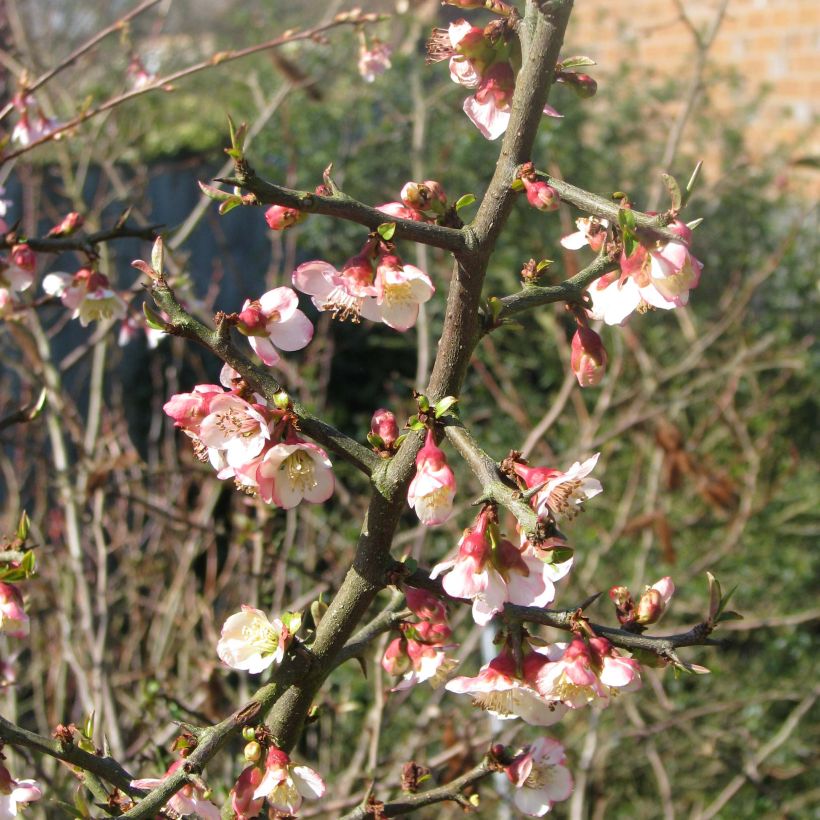

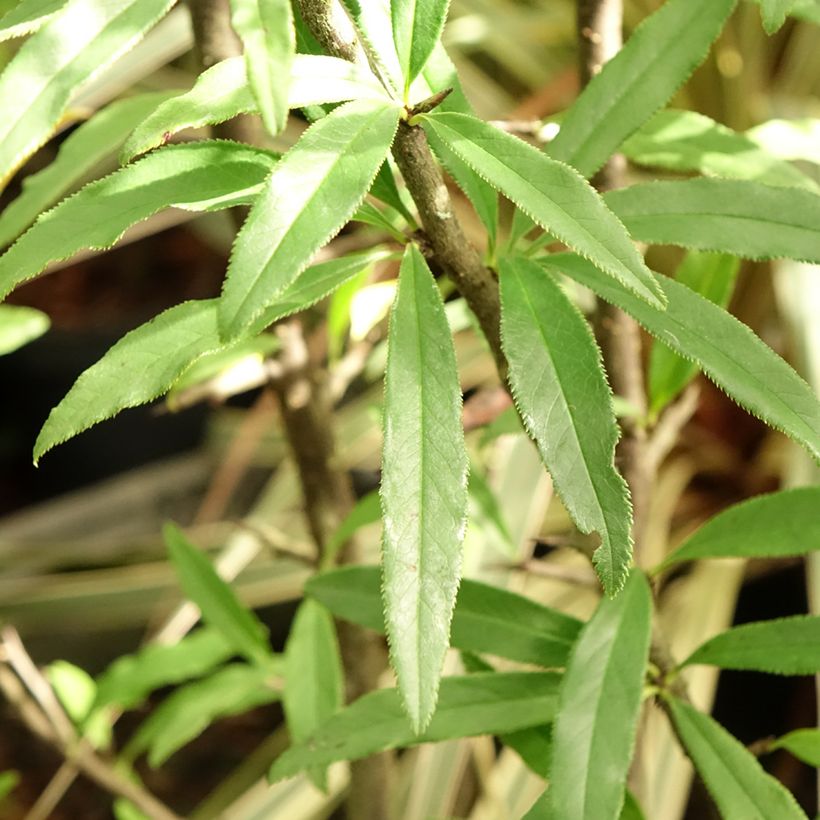



Plant habit
Flowering
Foliage
Botanical data
Chaenomeles
cathayensis
Rosaceae
Chinese Quince
China
Other Chaenomeles - Quince tree
View all →Planting and care
Chaenomeles cathayensis thrives preferably in the sun or partial shade, where it shows more abundant flowers. You can also cultivate it in the shade, in our sunniest regions, but it will flower less. Plant it in ordinary, well-drained soil, rather moist, even clayey, heavy, and compact. It is a very easy plant to grow that also tolerates limestone very well. When planting, mix your soil with compost. When grown as a hedge, space the plants 1m (3ft 4in) apart. In a flower bed, the plants should be spaced 60 to 80cm (23.6 to 31.5in) apart. This Chinese Quince is resistant to pollution and cold. It requires little maintenance, apart from occasionally pruning the longest branches in spring, as they can become less floriferous.
Planting period
Intended location
Care
Planting & care advice
-
, onOrder confirmed
Reply from on Promesse de fleurs
Similar products
Haven't found what you were looking for?
Hardiness is the lowest winter temperature a plant can endure without suffering serious damage or even dying. However, hardiness is affected by location (a sheltered area, such as a patio), protection (winter cover) and soil type (hardiness is improved by well-drained soil).

Photo Sharing Terms & Conditions
In order to encourage gardeners to interact and share their experiences, Promesse de fleurs offers various media enabling content to be uploaded onto its Site - in particular via the ‘Photo sharing’ module.
The User agrees to refrain from:
- Posting any content that is illegal, prejudicial, insulting, racist, inciteful to hatred, revisionist, contrary to public decency, that infringes on privacy or on the privacy rights of third parties, in particular the publicity rights of persons and goods, intellectual property rights, or the right to privacy.
- Submitting content on behalf of a third party;
- Impersonate the identity of a third party and/or publish any personal information about a third party;
In general, the User undertakes to refrain from any unethical behaviour.
All Content (in particular text, comments, files, images, photos, videos, creative works, etc.), which may be subject to property or intellectual property rights, image or other private rights, shall remain the property of the User, subject to the limited rights granted by the terms of the licence granted by Promesse de fleurs as stated below. Users are at liberty to publish or not to publish such Content on the Site, notably via the ‘Photo Sharing’ facility, and accept that this Content shall be made public and freely accessible, notably on the Internet.
Users further acknowledge, undertake to have ,and guarantee that they hold all necessary rights and permissions to publish such material on the Site, in particular with regard to the legislation in force pertaining to any privacy, property, intellectual property, image, or contractual rights, or rights of any other nature. By publishing such Content on the Site, Users acknowledge accepting full liability as publishers of the Content within the meaning of the law, and grant Promesse de fleurs, free of charge, an inclusive, worldwide licence for the said Content for the entire duration of its publication, including all reproduction, representation, up/downloading, displaying, performing, transmission, and storage rights.
Users also grant permission for their name to be linked to the Content and accept that this link may not always be made available.
By engaging in posting material, Users consent to their Content becoming automatically accessible on the Internet, in particular on other sites and/or blogs and/or web pages of the Promesse de fleurs site, including in particular social pages and the Promesse de fleurs catalogue.
Users may secure the removal of entrusted content free of charge by issuing a simple request via our contact form.
The flowering period indicated on our website applies to countries and regions located in USDA zone 8 (France, the United Kingdom, Ireland, the Netherlands, etc.)
It will vary according to where you live:
- In zones 9 to 10 (Italy, Spain, Greece, etc.), flowering will occur about 2 to 4 weeks earlier.
- In zones 6 to 7 (Germany, Poland, Slovenia, and lower mountainous regions), flowering will be delayed by 2 to 3 weeks.
- In zone 5 (Central Europe, Scandinavia), blooming will be delayed by 3 to 5 weeks.
In temperate climates, pruning of spring-flowering shrubs (forsythia, spireas, etc.) should be done just after flowering.
Pruning of summer-flowering shrubs (Indian Lilac, Perovskia, etc.) can be done in winter or spring.
In cold regions as well as with frost-sensitive plants, avoid pruning too early when severe frosts may still occur.
The planting period indicated on our website applies to countries and regions located in USDA zone 8 (France, United Kingdom, Ireland, Netherlands).
It will vary according to where you live:
- In Mediterranean zones (Marseille, Madrid, Milan, etc.), autumn and winter are the best planting periods.
- In continental zones (Strasbourg, Munich, Vienna, etc.), delay planting by 2 to 3 weeks in spring and bring it forward by 2 to 4 weeks in autumn.
- In mountainous regions (the Alps, Pyrenees, Carpathians, etc.), it is best to plant in late spring (May-June) or late summer (August-September).
The harvesting period indicated on our website applies to countries and regions in USDA zone 8 (France, England, Ireland, the Netherlands).
In colder areas (Scandinavia, Poland, Austria...) fruit and vegetable harvests are likely to be delayed by 3-4 weeks.
In warmer areas (Italy, Spain, Greece, etc.), harvesting will probably take place earlier, depending on weather conditions.
The sowing periods indicated on our website apply to countries and regions within USDA Zone 8 (France, UK, Ireland, Netherlands).
In colder areas (Scandinavia, Poland, Austria...), delay any outdoor sowing by 3-4 weeks, or sow under glass.
In warmer climes (Italy, Spain, Greece, etc.), bring outdoor sowing forward by a few weeks.






























